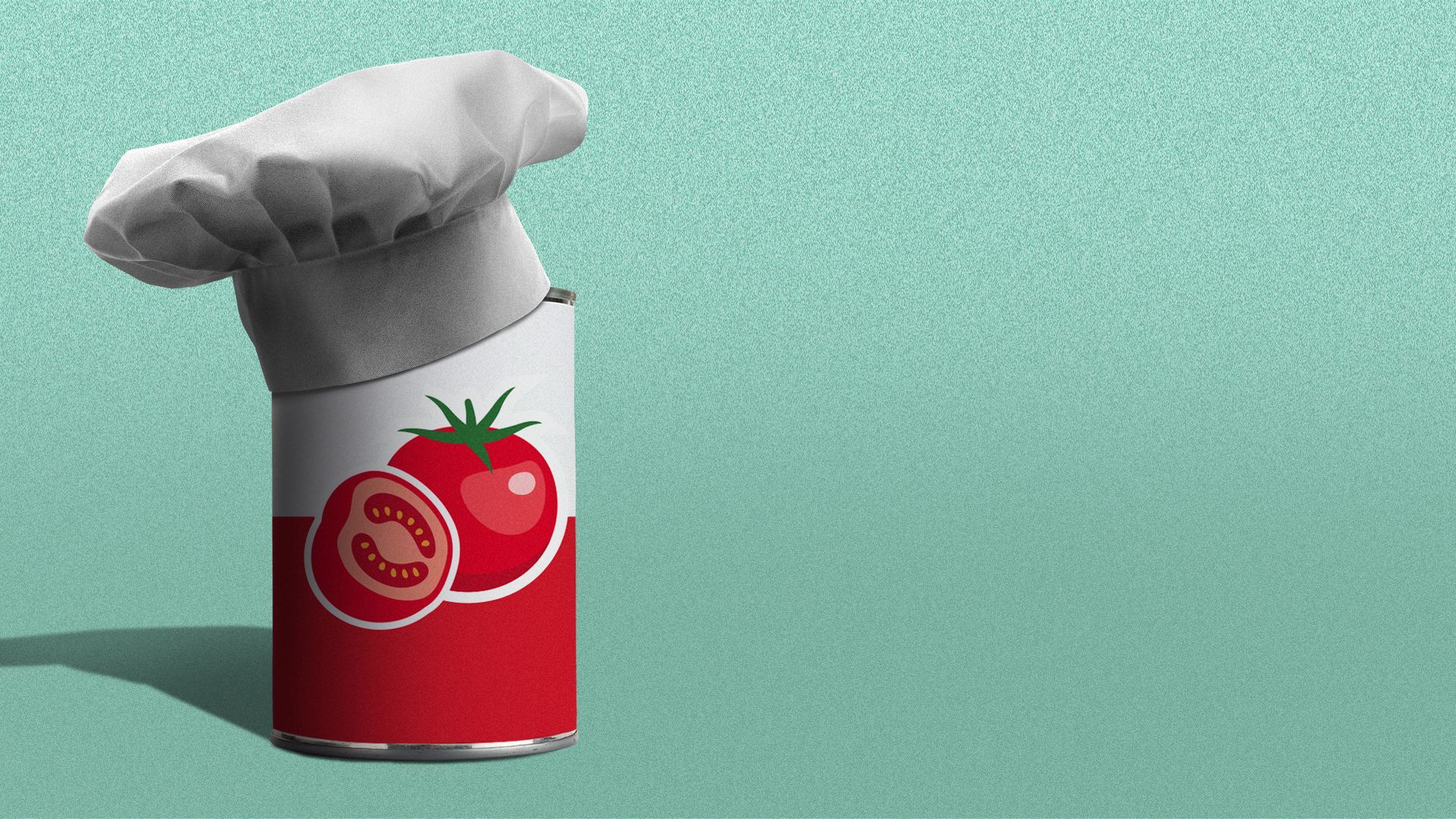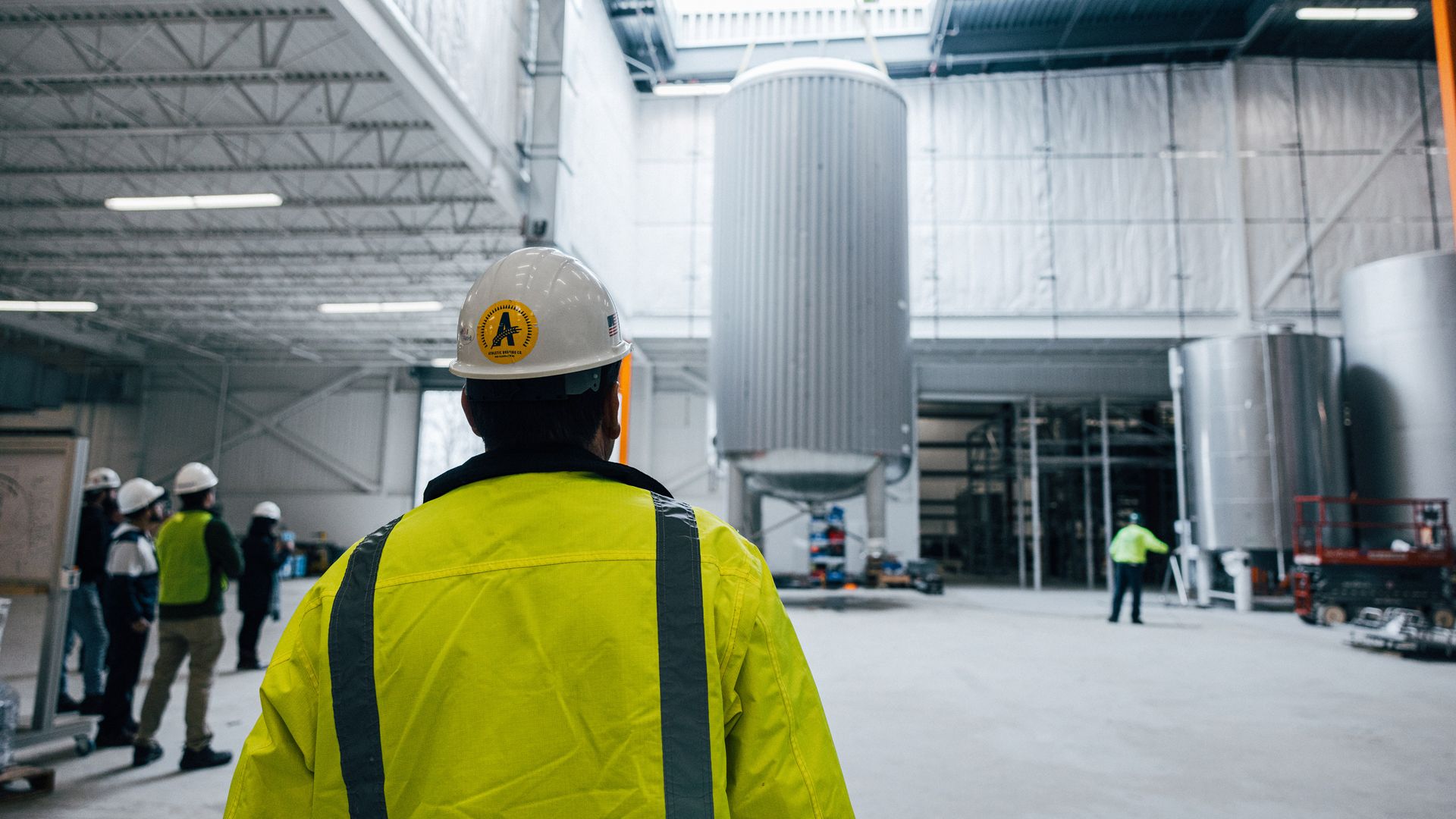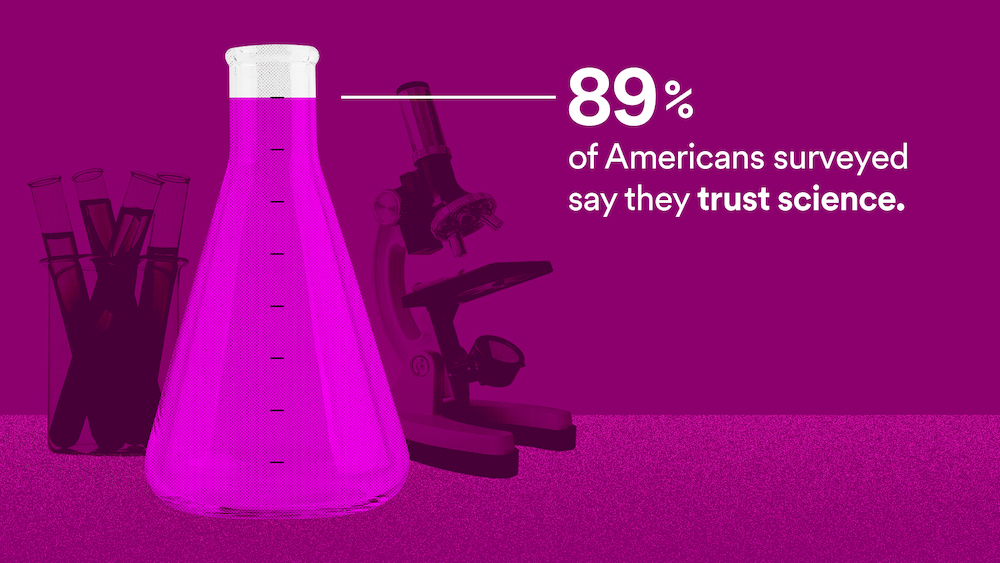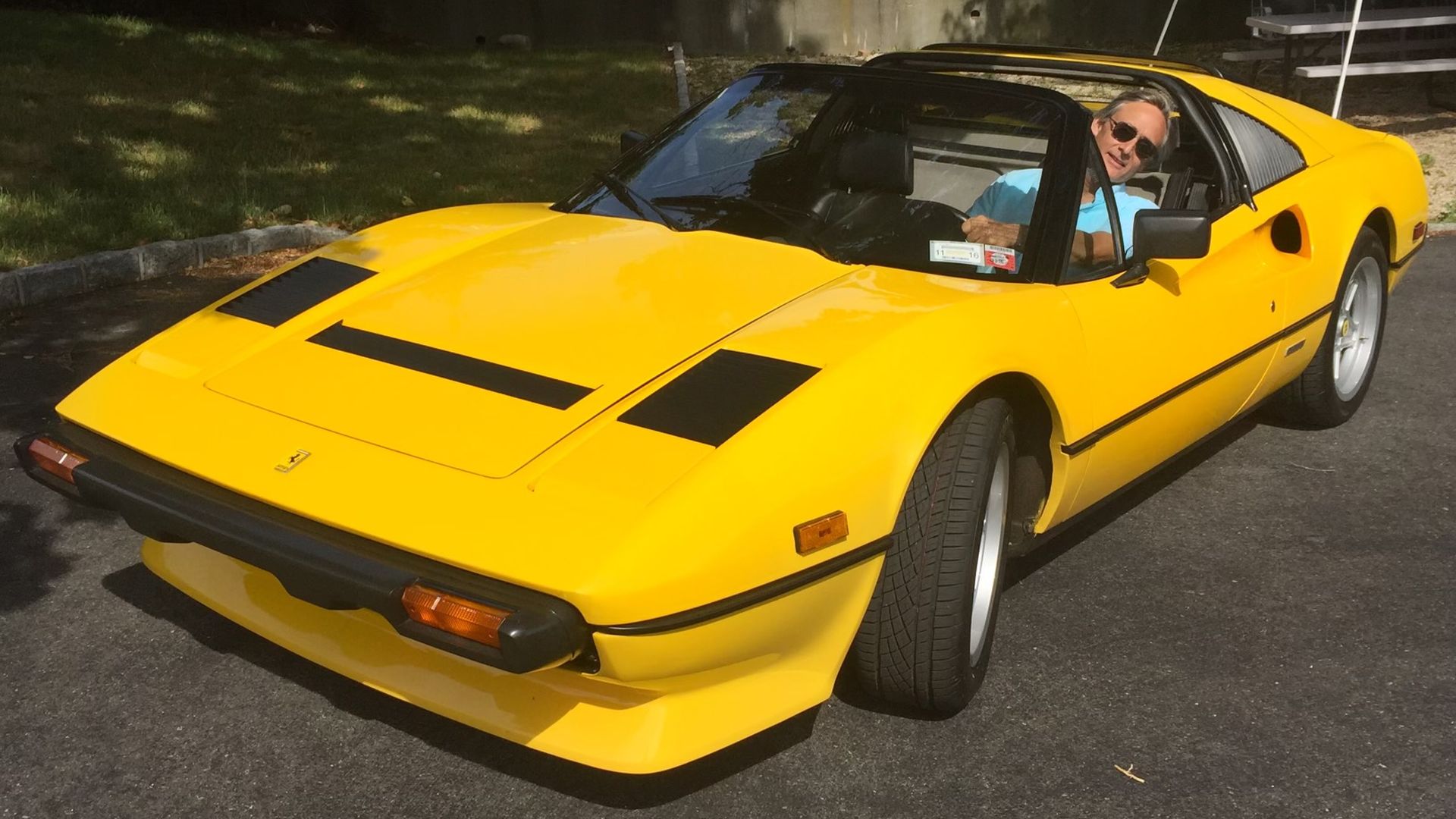| | | | | | | Presented By 3M | | | | Axios What's Next | | By Jennifer A. Kingson, Joann Muller and Alex Fitzpatrick · Jun 21, 2022 | | Welcome back! We hope you found a meaningful way to observe Juneteenth. - Raise your hand if you have complained out loud recently about the price of gas.
- Have you adjusted your summer plans because of your pain at the pump? If you've got a good story, we're all ears: whatsnext@axios.com.
Today's Smart Brevity count: 1,206 words ... 4 1/2 minutes. | | | | | | 1 big thing: Inflation is changing home cooking |  | | | Illustration: Lindsey Bailey/Axios | | | | Despite the high cost of groceries, people are eating at home to save money, using a combination of doctored takeout cuisine, new plant-based products (a category that's exploding) and lower-priced supermarket staples, Jennifer A. Kingson writes. Why it matters: What's bad news for restaurants and some fast-food chains is good news for stores that sell prepared foods, new and exotic ingredients, and rock-bottom-cheap pantry items. Driving the news: While the pandemic got us accustomed to cooking from scratch (out of boredom) and ordering in from restaurants (fun!), the latest iteration is a mashup of those trends: Concocting meals that blend budget ingredients with containers of mildly indulgent prepared foods. - Sales of pasta and pizza sauces are expected to grow briskly, in part because they're cheap and tasty, the Specialty Food Association (SFA) predicts.
- Another hot category emerging from the SFA's recent trade show is "alternative comfort food" — familiar products like pancake mix, chips and pasta made from plant-based ingredients like breadfruit, mushrooms and chickpeas.
- Sweet and savory products from around the world — with an emphasis on foods that are foreign to many Americans — are entering the spotlight. Expect to see Salvadoran pupusas, Indian salsas and Greek honey slipping into people's shopping carts.
"People got really a lot more into home cooking during the pandemic, and that's pretty much sticking — but with a twist," Denise Purcell, trends expert at the SFA, tells Axios. - "I think people are looking to bring takeout food home and dress it up in their own particular way with ingredients from home — particularly as food prices and restaurant prices do rise."
Read the rest. |     | | | | | | 2. Reparations are getting closer to reality |  Re-created from National Bureau of Economic Research; Chart: Axios Visuals Reparations are getting an increasingly serious look by state and local governments as one way to help Black Americans make up lost ground on housing and broader damages, write Axios' Nick Bastone and Torey Van Oot. Why it matters: With legislation to create a national reparations commission stalled in Congress, some state and local efforts are gaining momentum. - The wealth gap between white and Black Americans has remained stubbornly persistent for decades, as seen in the chart above.
The latest: An independent advisory committee in St. Paul, Minnesota, presented its recommendations last week for the next steps in the city's reparations push. - "Direct cash payment is at the top, but then there's things that follow that: housing, education, health and wellness, business [opportunities] and the criminal injustice system," Trahern Crews, an activist on the St. Paul committee, told Axios.
- Crews said the fallout over George Floyd's murder brought renewed interest and urgency to the effort.
Yes, but: There are still a few steps before anything happens. The committee's first recommendation is creating a commission to design the program. Elsewhere: - In California, the state's reparations task force released its initial, 500-page report this month, which recommends offering housing grants, state-subsidized mortgages and public housing options to vulnerable populations — like people who were formerly incarcerated or in the foster care system.
- Evanston, Illinois, in January started awarding eligible residents $25,000 grants to help purchase a home, pay a mortgage or cover home improvement costs.
What's next: The leaders of cities like Los Angeles, Denver, Austin, Kansas City and Durham have promised to pursue reparations initiatives, though the forms they take could vary widely. Read the full story. |     | | | | | | 3. Lots of beer, but no alcohol |  | | | Athletic Brewing Company's new Milford, Conn., facility. Photo courtesy of Athletic Brewing Company | | | | Upstart beer maker Athletic Brewing Company is opening what it calls the world's largest brewery dedicated to nonalcoholic beer, Alex Fitzpatrick reports. Why it matters: It's a big bet on the future of nonalcoholic beer, which has taken off as people seek tasty brews minus the buzz. The details: Athletic's new Milford, Connecticut, facility clocks in at 150,000 square feet — almost double the size of the company's San Diego plant. - It will eventually be able to produce 6 million-plus cases annually.
What they're saying: "Ultimately, we see nonalcoholic beer growing from just 0.3% of the overall beer category in 2017 to over 20%," co-founder Bill Shufelt said in a statement. Yes, but: While growing, nonalcoholic beer remains a niche market. - Plus, more established brands like Samuel Adams and Heineken are launching rival offerings of their own.
|     | | | | | | A message from 3M | | The state of trust in science | | |  | | | | The 2022 State of Science Index found global trust in science is high and appreciation is stronger than in pre-pandemic times. Here's why: People recognize the relevance of science to their lives and are looking for science to provide solutions to major social issues. Get all the facts. | | | | | | 4. Go west, young trash wheel |  | | | Baltimore's Mr. Trash Wheel uses water and solar power to scoop up litter from the Jones Falls River before it flows into the Inner Harbor. Photo: Nicholas Kamm/AFP via Getty Images | | | | Newport Beach, California, is set to become the first West Coast city to get its very own Mr. Trash Wheel, an anthropomorphic — and unstaffed — water wheel that collects plastic bottles and other unwanted flotsam, Jennifer writes. Why it matters: Baltimore, which pioneered the use of these water-cleaning chums in its Inner Harbor, has seen them gobble up more than 2,000 tons of garbage and debris since 2014, the Orange County Register reports. Driving the news: Newport Beach's trash-chomping water wheel is expected to be 17 feet tall and mounted on a 70-square-foot barge. - It will be "permanently docked 800 feet upstream of the Upper Newport Bay State Ecological Reserve and four miles upstream of the mouth of Newport Bay and the Pacific Ocean," per the OC Register.
- "City officials say it could collect as much as 80% of the trash and debris from the ecologically sensitive bay, preventing it from flowing into the harbor, the ocean and onto the beaches," the paper reports.
The big picture: Cities like San Francisco have been lobbying to get their own Mr. Trash Wheel for several years, yet the low-tech pollution-busters have been slow to spread. - In 2019, the Wall Street Journal reported — perhaps a tad prematurely: "Trash wheels — floating, stationary gizmos that use water current and solar energy to power a conveyor belt — are on a roll in the U.S., at a time of growing public awareness about the environmental toll of trash on rivers, harbors, bays and oceans."
The catch: "Volunteers regularly have to wade through the water or use stand-up paddle boards to pick out the trash and debris by hand," per the OC Register. |     | | | | | | 5. Want more green? Buy yellow |  | | | A yellow Ferrari may be more than just eye-catching. Photo: Jayme Dorsett-Sobel | | | | While most Americans buy white, black, gray or silver cars, the yellow ones hold their value the best, according to a study by car resale site iSeeCars, Jennifer writes. Why it matters: In this kra-zy used car market, with low inventory puffing up prices, yellow car owners may be in prime position. - The wealth gap between white and Black Americans has remained stubbornly persistent for decades, as seen in the chart above.
Driving the news: iSeeCars compared the prices of more than 650,000 recently sold 3-year-old used cars and determined the average vehicle depreciation rate by car color. - The surprising findings: The colors that best retain value are — in order — yellow, orange, purple, red and green.
- "A vehicle's color can have a substantial impact on how quickly it loses value, with the highest depreciating color losing nearly four times the value compared to the lowest," the study found.
- Popular colors like white, black and silver "have minimal impact, meaning they won't hurt resale value but they also won't help a vehicle maintain its value."
What they're saying: "Brown and gold [cars] were the worst offenders, depreciating by 17.8% and 16.7% over three years, respectively," Jalopnik noted. - "Yellow, orange and purple had the best resale — losing only 4.5%, 10.7% and 13.9% of their MSRP over the same period."
- "The data is clear: Buy your car in a good color if you want to get the best return down the line."
|     | | | | | | A message from 3M | | Youth recognize the importance of science | | |  | | | | Young people trust science and expect it to solve the world's challenges, reports the 3M 2022 State of Science Index. 63% of Gen Z and Millennials expect to appreciate science more over the next five years, compared to 43% of Gen X and Baby Boomers. Find out more about the current state of science. | | | | Was this email forwarded to you? Get your daily dose of What's Next magic by signing up for our free newsletter here. |  | It's called Smart Brevity®. Over 200 orgs use it — in a tool called Axios HQ — to drive productivity with clearer workplace communications. | | | | | | Axios thanks our partners for supporting our newsletters. If you're interested in advertising, learn more here.
Sponsorship has no influence on editorial content. Axios, 3100 Clarendon Blvd, Suite 1300, Arlington VA 22201 | | | You received this email because you signed up for newsletters from Axios.
Change your preferences or unsubscribe here. | | | Was this email forwarded to you?
Sign up now to get Axios in your inbox. | | | | Follow Axios on social media:    | | | | | |










No comments:
Post a Comment